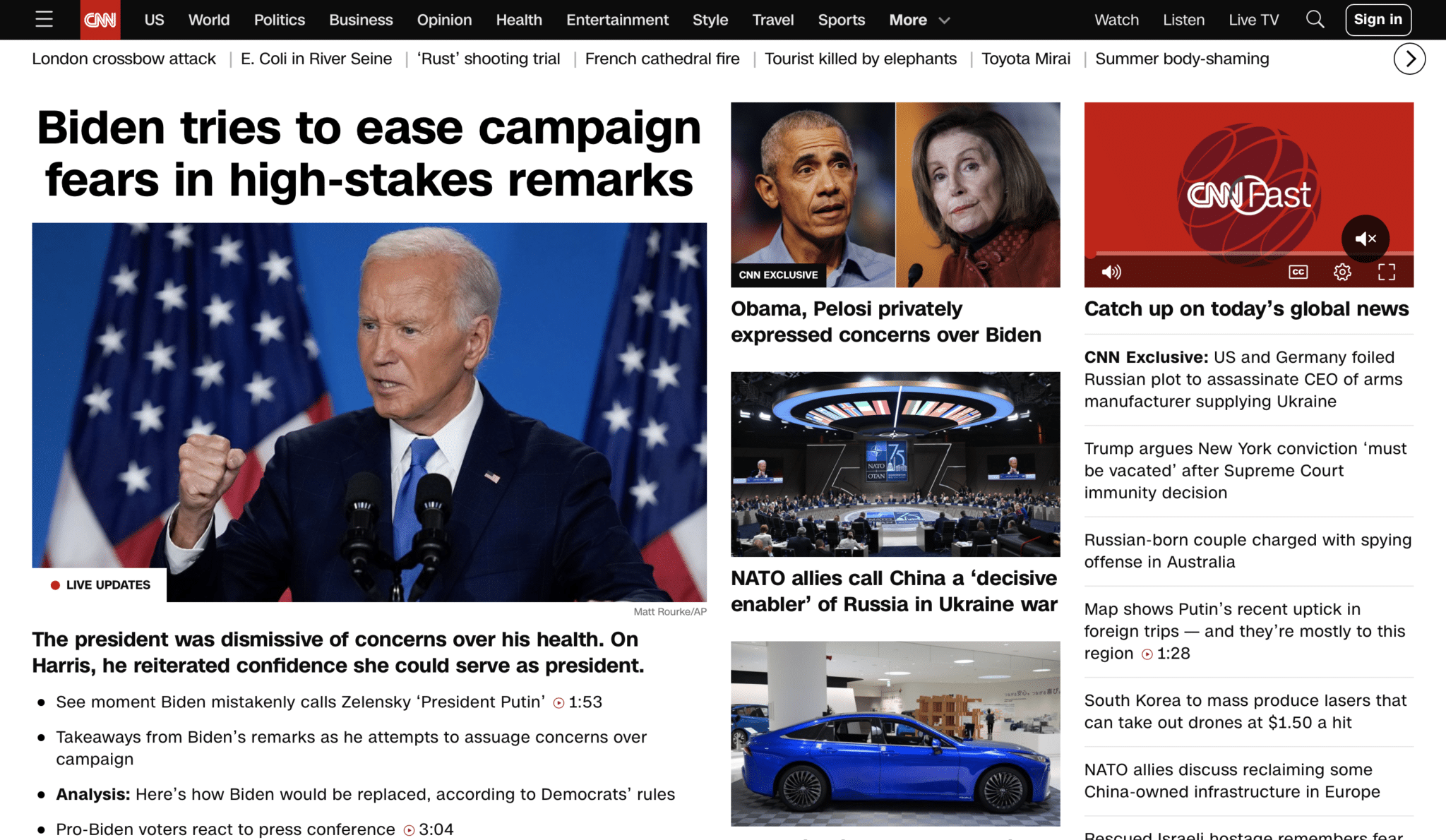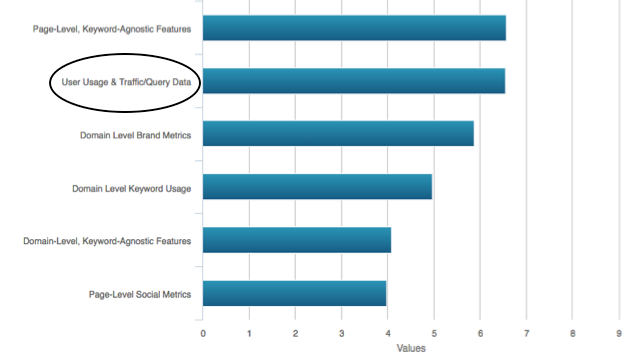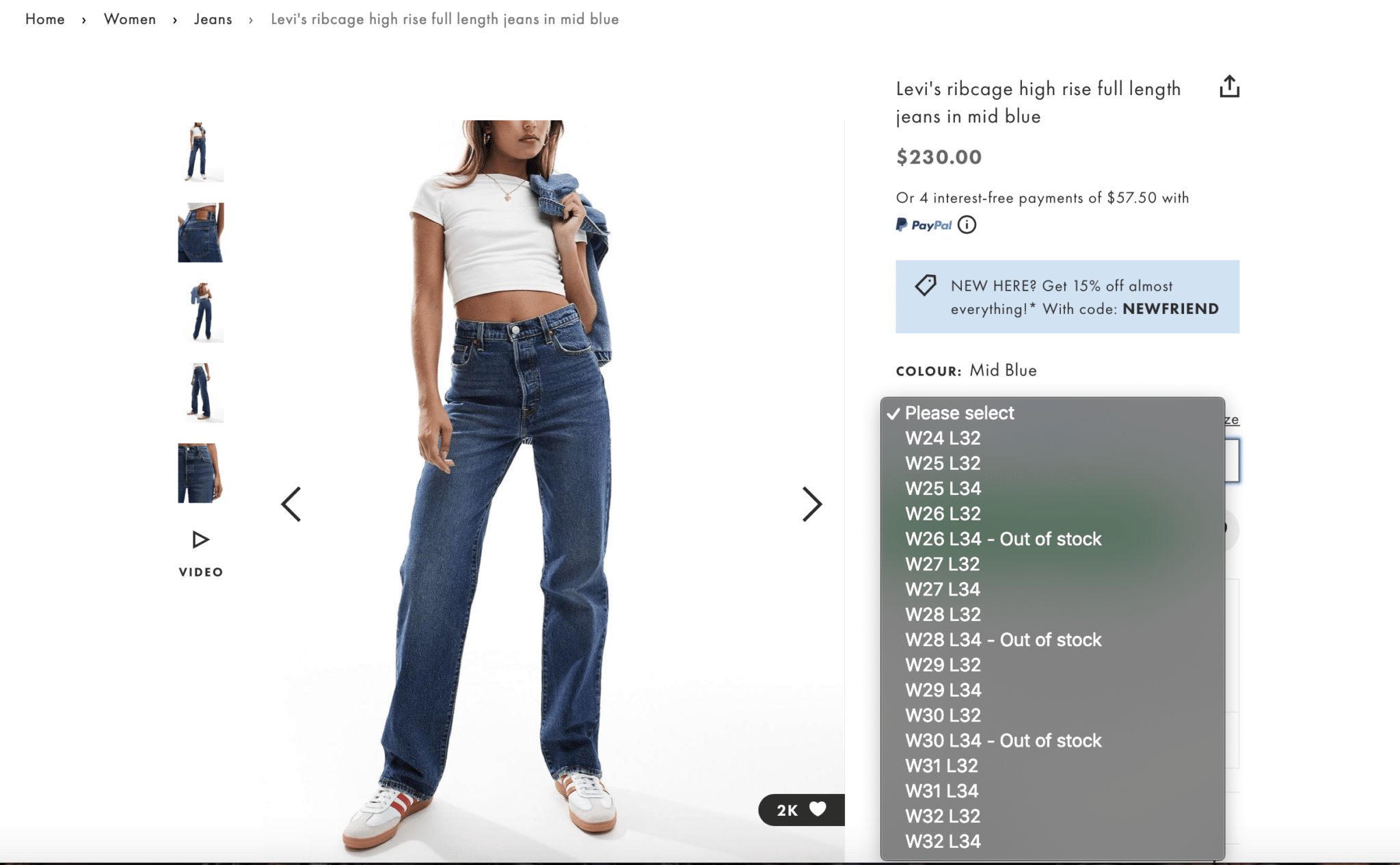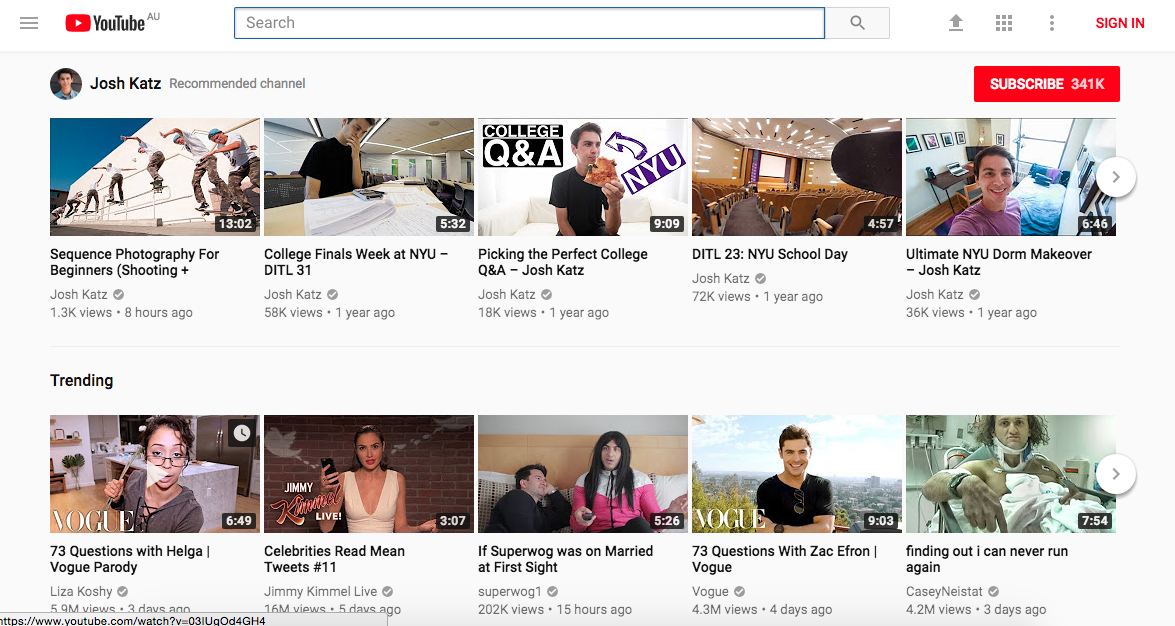What is dynamic content and how can dynamic content improve SEO?
What is dynamic content?
Dynamic content refers to 1. Content in the form of text, imagery and video, that changes and updates based on the pre-collected information it receives from the interests and past behaviour of its users. 2. Content in the form of text, imagery and video that updates based upon code and program rules within the site. This could be a category post in Wordpress that pulls dynamically to the homepage. This is different from static content, which never changes (unless manually updated), and delivers the same content regardless of the user who’s viewing the website.
Dynamic content has a strong advantage over static content because it delivers a higher quality of user experience and as a result improves UX (user experience) and thus rankings based on the following principles we’ve found here at SEO Sydney:
- Freshness vs. Static
Fresh content is up-to-date, relevant to current events, and provides the latest information for trending queries. When the content on your website is fresh and free of old/broken links your information is more likely to be crawled by Google. Frequency crawl rate and indexing of deeper pages increase based on the amount of fresh content.
According to Moz Blog, “search engines have a good idea of the kinds of pages and sites that satisfy their readers. Generally, these sites have several traits in common:
- Easy to use, navigate, and understand
- Provide direct, actionable information relevant to the query
- Deliver high quality, legitimate, credible content”
For more information on how usability and user experience affect SEO, click here.
Some examples of dynamic content that incorporate fresh content include live news channels, e-commerce businesses, digital entertainment and social media websites. The common thread among these examples is that strong user experience sits at the heart of each and every site.
An important characteristic of dynamic content is its ability to deliver new and relevant information that corresponds with the user’s search query. The image below is an example of how a news site live updates the content on its homepage on a minute-to-minute basis, to display news stories that are relevant or trending at a particular time.
By delivering relevant and up-to-date information to its searchers, a website increases its chances of building traffic from return visits.
According to Moz’s 2015 Search Engine Ranking Factors, which is based on a survey of 150 expert search marketers, results show there’s a high correlation between website visits and Google’s search rankings. Search marketers rated the level of influence exerted by areas of ranking factors on a scale of 1 (not influential) to 10 (highly influential), in which “User Usage & Traffic Query Data” was rated 6.5 out of 10 as shown below.
Moz goes on to explain that they examined “both direct and organic search visits over a three-month period. Traffic results show there is a generally high correlation between website visits and Google’s search rankings. Put simply, the more traffic a site received, the higher it tended to rank.”
Details of the study can be found here.
Unlike dynamic content, static content lacks the ability to self-update, and subsequently denies itself an opportunity to deliver fresh content or capitalise on strategies for enhancing user experience. This is where e-commerce websites tend to thrive. Dynamic content on websites such as Amazon and ASOS are typically deployed in ways that give users the control to shop and interact with products in a similar way as they would offline.
As seen in the example below, an online clothing store is advertising different sizes of a pair of blue jeans. But let’s say some of the sizes have been sold out throughout the day, the information on the website updates automatically to show the remaining number of available sizes. This type of self-regulating, adaptable information is a prime example of dynamic content.
Relating back to Moz’s key points, the advantage of deploying this level of usability is that if customers can find what they’re looking for and feel satisfied about the results, they’re more than likely to return to your site in the future.
Moz reiterates the link between user experience and higher ranking by stating that “usability and user experience provide an indirect but measurable benefit to the site’s external popularity, which the engines can then interpret as a signal of higher quality.”
- Personalisation of Content
Another way dynamic content is used to improve user experience is by using information gathered from the searcher through viewing history, ratings, prior purchases and selected videos, to create personalised options for them to explore. Amazon, YouTube and eBay (just to name a few) are prime examples of websites that have set the bar for “recommendations” and personalised content quite high. In addition to these options, “Featured Sales”, “Trending” videos, and “Popular Items”, are some more examples of how information is tailored to suit the user’s preferences.
So what does this mean in terms of enhancing SEO strategies?
According to Search Engine Watch, “When you provide a personalised experience, visitors remain on your website longer, download more offers, and ultimately purchase more products…further enhancing the organic traffic to the page.” To access full quote, click here.
Freshness and personalisation are primary principles in regards to the importance of dynamic content as a SEO strategy. As discussed above, fresh content aims to deliver new and relevant information to the user, whereas personalisation aims to customise web content based on what its calculations of an individual user’s needs and interests. By using these principles to enhance user experience, web owners can better position themselves to increase their ranking on search engines such as Google.
If you enjoyed this article, check out SEO Sydney – the experts on anything and everything SEO today!









